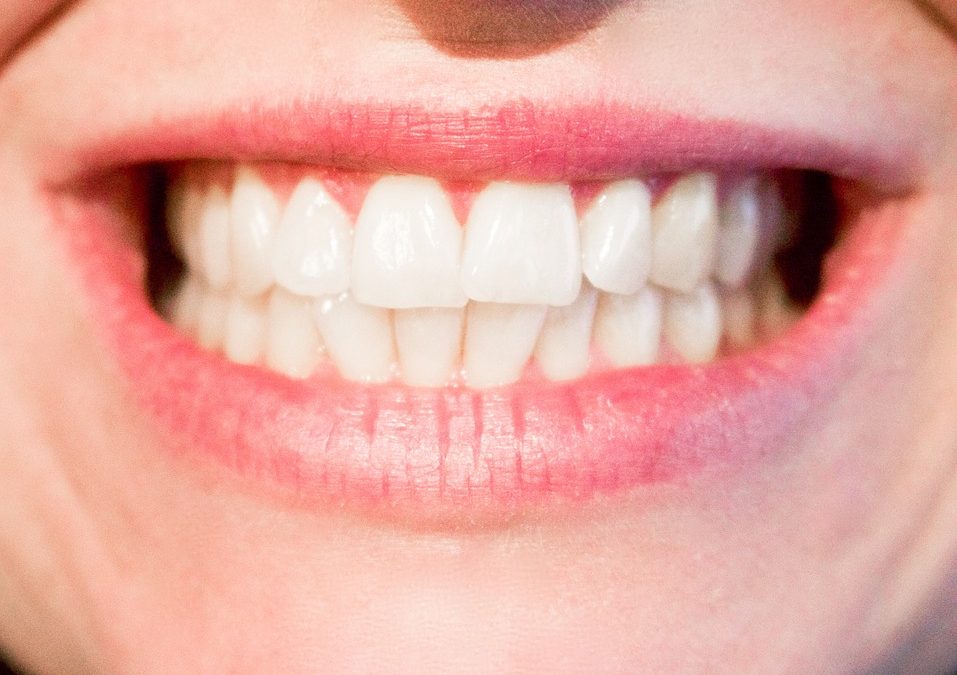The potential dangers of Root Canals
There are too many people unknowingly having their health ruined by well-meaning dentists. The lengths some dentists go to ‘save a tooth’, or to remove amalgams ‘correctly’ may come at a cost to your life, or at least your health.
Even one root canal filling can contribute to the development of serious disease. Most people have no clue, just how toxic these things are. In some studies they prove to be more toxic than botulism.
The toxins from each root canal filled tooth are fed into your blood stream 24/7. Toxins result excretions of the anaerobic bacteria inside the dentin of the root canal filled tooth. The dentist who does root canal fillings will tell you that they clean the bacteria out of the tooth with antibiotics when the filling is done. This is not always possible. This was proven beyond a doubt in a study done in the early 1990’s. The bacteria inside the millions of tiny ‘tubules’ inside even the smallest tooth mutate into anaerobic bacteria once circulation through the toots is cut off. These bacteria are a thousand times more toxic than any other bacteria.
There is no safe way to do a root canal filling!!
Do you know of any Oncologist that checks a patients dental records? Has your dentist followed up on to see what the health consequences were of the root canal filled teeth they put in your mouth?
Implants are also of concern. The metal rubs on the bone and creates inflammation and possibly infection.
There are reasons even beyond cosmetic reasons to replace/save a tooth so what are the options? How about a partial plate or a bridge.
Next are cavitation’s. To avoid a ‘cavitation’ in the jaw, teeth extraction must be done properly. Always it is necessary to remove some of the bone in the ‘socket’ the tooth came from and the ligament which had held the tooth in place. If this is not done, the result is a ‘cavitation’. This is a hole in the jaw which, once the bone has healed around it, is a home for the same kind of anerobic bacteria which are in root canal-filled teeth. Wisdom tooth removal is a prime example but it can occur with any extraction.
Root canals have a very strong link to serious disease in the body. With the use of Thermography, hot spots in the mouth area can be distinguished, along with inflammation of gums. Sometimes toxins can be seen leaching from the mouth/specific tooth down to the thyroid/breast/body. Of course there are other contributing factors such as diet, emotional trauma and stress, but most people experience amazing healing after they have cleaned and repaired their dental health.
Below is a list of Holistic dentists
- Eric Davies Dental 32845755
- Sunshine Coast Dental 54754866
- ME Dental, Highfields 46155971
Correct Dentist Procedure
The following is the correct procedure for the removal of a root canal, take it to your dentist and see if they can oblige.
After the tooth has been removed, slow speed drilling with a number 8 round burr is used to remove one millimeter of the entire bony socket, including the apex area.
The purpose of this procedure is to remove the peridontal ligament and the first millimeter of bone, as they are usually infected with bacteria and the toxins that live in the dentin tubules. The peridontal ligament is always infected, and most of the time the adjacent bone is likewise diseased.
While this procedure is being done, irrigate the socket with sterile saline via a Monoject 412, 12cc syringe. This syringe has a curved plastic tip and is very handy in carrying out this procedure. Two or three syringes of solution may be needed. They are much easier to use than one large 50cc syringe. The purpose of the flushing action is to remove the contaminated bone as it is cut.
In cutting the bone, not only are the toxins removed, but the bone is ‘perturbed.’ This perturbation of the bone stimulates a change from osteocyte to osteoblast cells. The blast cells are the ones that generate new bone formation.
After the socket has been cut, it should be filled with a non-vasoconstrictor local anesthetic. Allow the liquid local anesthetic to set for about thirty (30) seconds.
Next, suction should be applied gently to the socket area so that the majority of the anesthetic is removed, but there is still a substantial coating of the anesthetic over the bony interior. This further perturbs the bone cells to encourage osteoblastic action and bone healing.
The simple procedures provided in this protocol may be copied by readers. When this protocol is followed, the tooth socket usually heals much more rapidly, with less bleeding and pain.
Please don’t take my word for all of this. Do some research for yourself to help you make up your mind. Good sources of information include: www.naturalnews.com, www.mercola.com, www.beating-cancer-gently.com, www.thewellnesswarrior.com.au.

